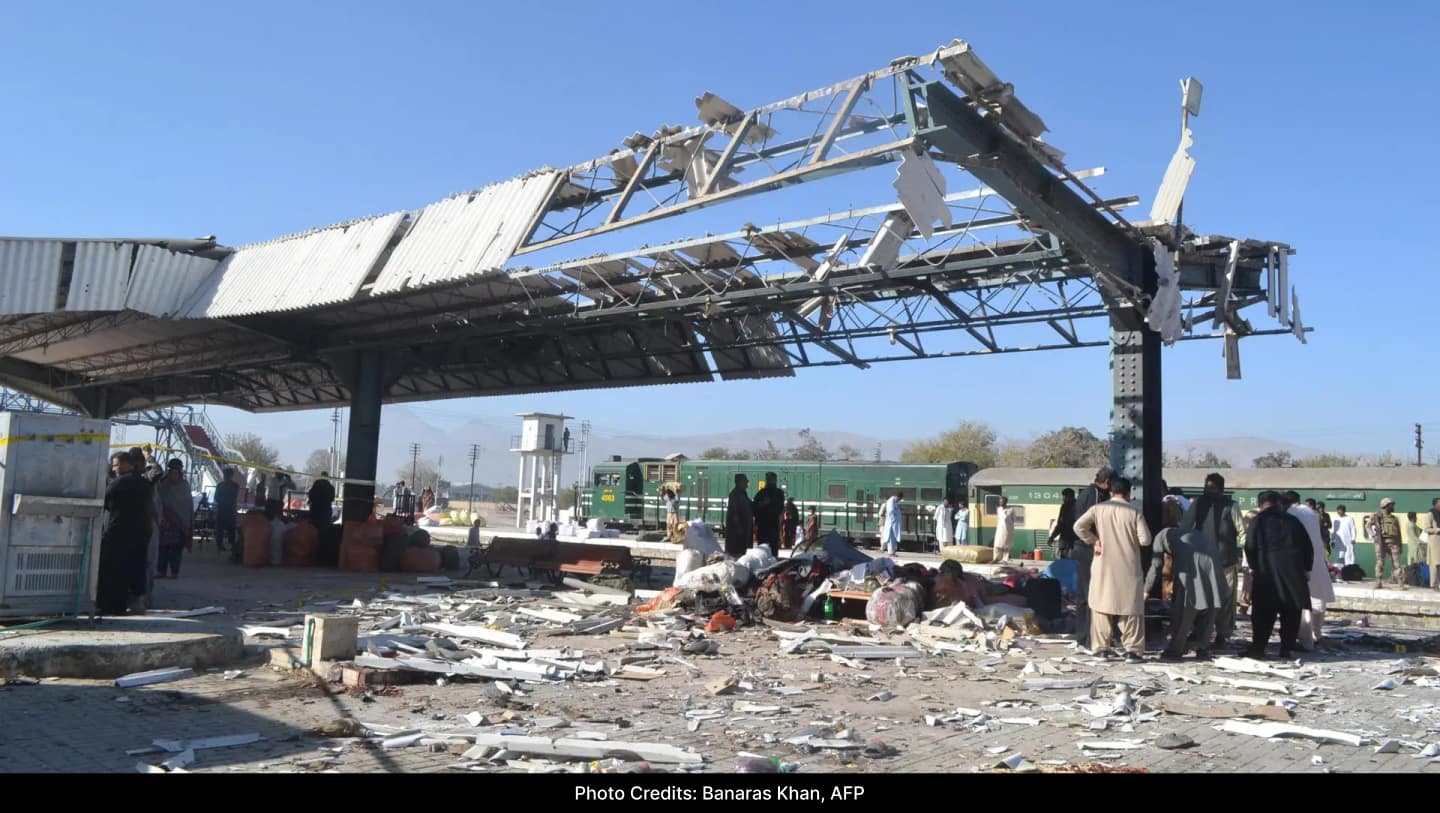Indian and Japanese space agencies are working on a lander-rover mission to explore the moon. This mission, known as LUPEX (Lunar Polar Exploration Mission), is currently in the planning stages. The latest details emerging from the Indian Space Research Organization (ISRO) suggest that the mission could live for 100 days on the lunar surface, more than five times the mission life of India’s successful lunar mission Chandrayaan-3. LUPEX could also include a massive lunar rover that weighs 350 kg. For scale, the Chandrayaan-3 ‘Pragyan’ rover weighed 26 kg. These preliminary details were shared recently by Nilesh Desai, Director, Space Applications Centre, ISRO.
Addressing the students and faculty of the Indian Institute of Tropical Meteorology, Desai elaborated on plans related to the LUPEX mission. He said the Japanese H3 rocket will be used to launch this mission, which will eventually land exactly at the moon’s south pole (90 degrees latitude) and explore the permanently shadowed areas near the south pole by conducting drilling and in-situ experiments.
Notably, the Chandrayaan-3 Vikram lander landed near the moon’s 70 degree latitude, the closest any craft has ever landed to the unexplored lunar south pole. He added that the lunar lander will be built by ISRO and will carry a Japanese-made lunar rover. The permanently shadowed regions at the moon’s south pole are important because they are widely believed to contain ice and other minerals.
While India’s third lunar mission lasted for a planned mission duration of 14 Earth days (1 lunar day), he said LUPEX was planned for a mission of nearly 100 Earth days. The LUPEX rover is also expected to survey a 1 km x 1 km area at the lunar south pole, as opposed to the 500 m x 500 m survey area chosen for Chandrayaan-3.
Sharing information about the payload that ISRO’s lander will carry, he said it will have ground-penetrating radar, mid-infrared and Raman spectrometers, permittivity and thermophysical survey for the Moon’s aquatic scout (PRATHIMA) payload. In addition, there would also be Japanese sensors, he said. For the Chandrayaan-3 landing mission, the Space Applications Center (SAC), Ahmedabad, contributed 11 systems, eight of which were camera systems, Desai added.
Ishii Yasuo, Vice President of Japan Space Agency JAXA earlier told WION how the successful landing of Chandrayaan-3 will give further confidence to the Indo-Japan Moon Mission and its progress. Similarly, Nilesh Desai mentioned that the Japanese lunar mission “Moon Sniper” traveling to the moon aims to demonstrate a precision landing on a small area.
Desai said LUPEX will want to do something similar and try to land on the rim of a lunar crater. The lunar south polar region has very rough and unpredictable terrain that includes 2 km high mountains, deep craters and boulders, making any landing attempt extremely challenging.
However, it should be kept in mind that such a joint mission requires various stages of detailed discussion and technical consultation before finalizing, developing, integrating, testing and preparing the hardware. In such cases, scientists from both agencies are required to visit the other’s facility and collaborate on key aspects of the mission.
It’s safe to say that a mission of this kind, which involves the close cooperation of two space agencies, would take several years to accomplish. Since this mission is years in the making, the various science results and lessons learned from Chandrayaan-3 could be implemented in LUPEX to make it more advanced and thus get more science and data from the moon’s south pole.




